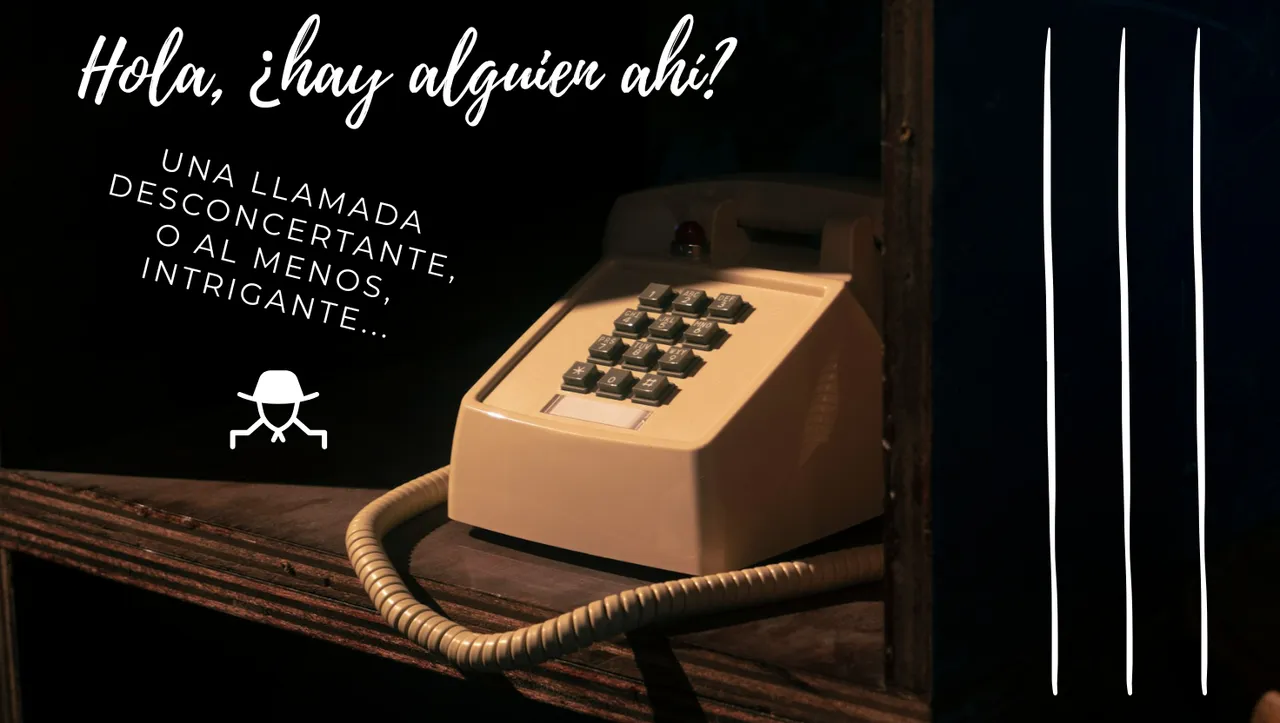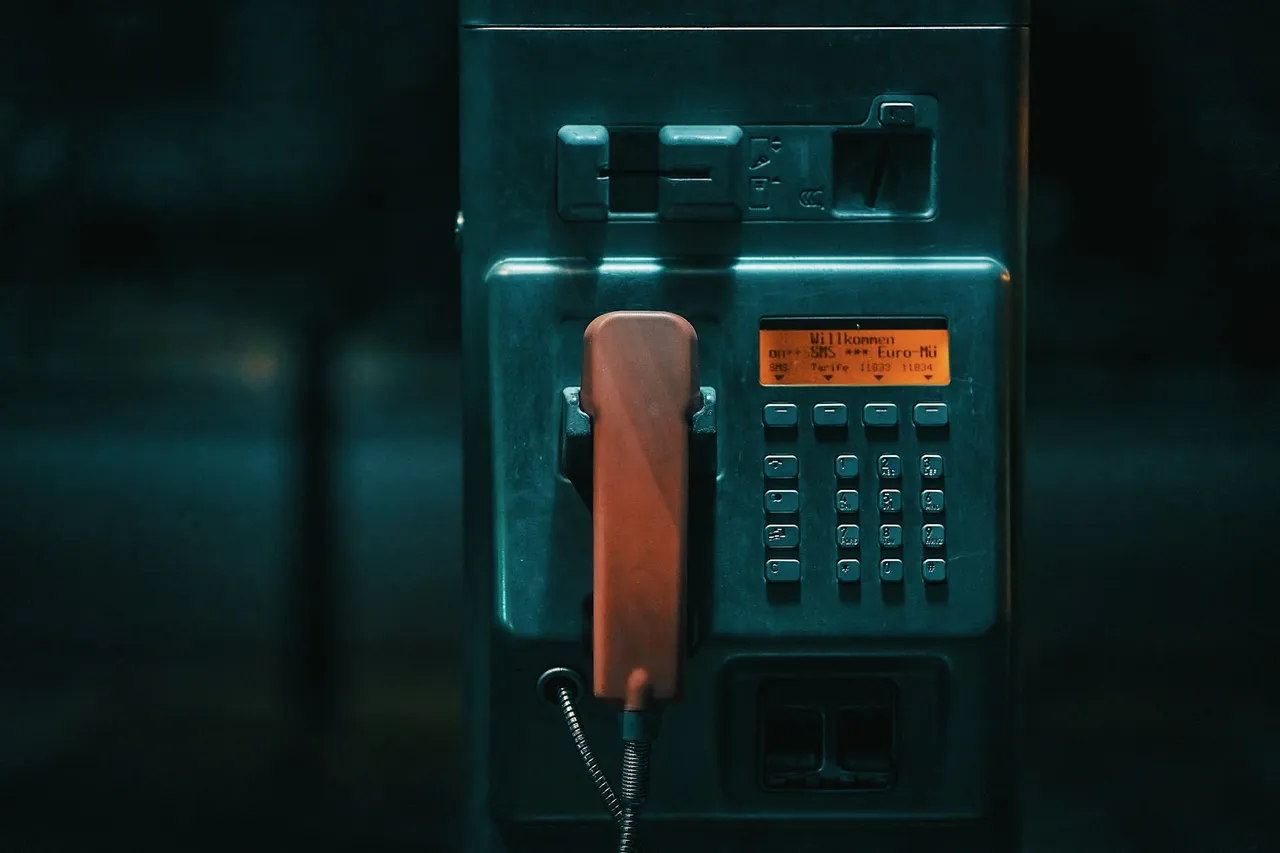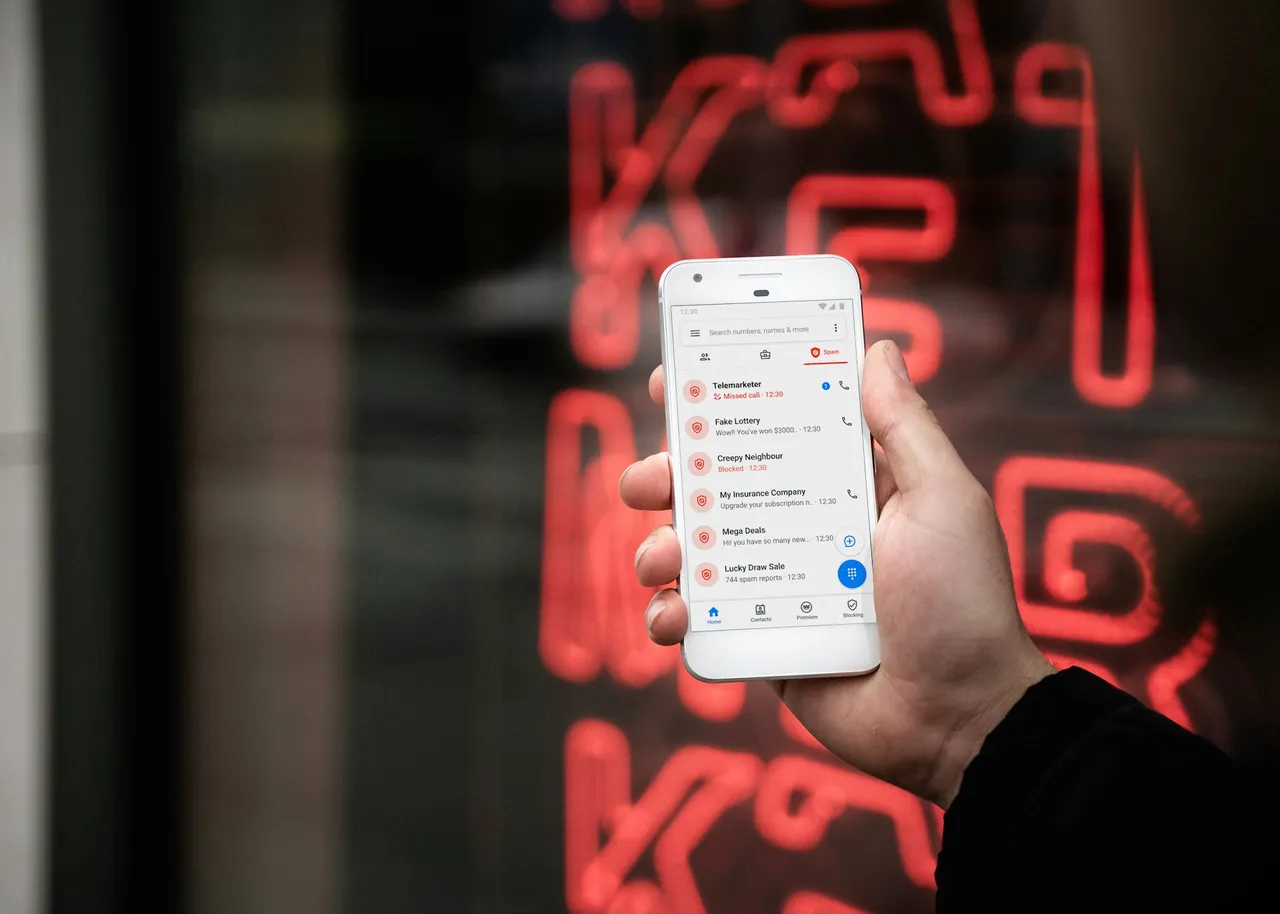
Enfeng Tsao | Unsplash
Hubo una época en la cual usar teléfonos fijos era lo usual. Recuerdo que mi padre tenía un móvil con tapa y antena, por lo que si tenían que llamar a mi madre, ella debía ofrecer ese número. Esto cambió cuando insistí con un teléfono fijo, hasta que compraron uno para usar en casa. Dicho sea de paso, sería una manera de poder conectarme a internet mediante Dial-Up, obviamente ocupando la línea telefónica.
Antes de esto, mi madre siempre acudía a una vecina para utilizar el teléfono fijo. Este era muy distinto, pues tenía el formato de números en círculo, al que debías deslizar un plástico también con forma circular con los dedos. También recuerdo que abundaban las cabinas telefónicas, a las que le debías introducir fichas. Si no estoy mal, también tenían una ranura para introducir tarjetas telefónicas, aunque nunca la hemos usado. Pero sí tengo montones de recuerdos de haber ido con ella a hacer una llamada; hoy esas cabinas ya no están y solo queda una gran marca, como si lo hubiesen arrancado de un tirón.
ENGLISH VERSION (click here!)
There was a time when using landlines was the norm. I remember my father had a flip phone with an antenna, so if they needed to call my mother, she had to offer that number. This changed when I insisted on a landline, until they bought one for us to use at home. Incidentally, it would be a way for me to connect to the internet via dial-up, obviously using the phone line.
Before that, my mother always went to a neighbor's to use the landline. This was very different, as it had a circular number format, into which you had to slide a circular plastic cover with your fingers. I also remember that there were plenty of phone booths, into which you had to insert coins. If I'm not mistaken, they also had a slot for inserting phone cards, although we never used it. But I do have many memories of going with her to make a call; today those booths are gone, and all that remains is a large mark, as if it had been ripped out.

Steffen Albrecht | Unsplash
El hecho de hacer llamadas o recibirlas a través de un teléfono fijo, significaba un avance considerable en la comunicación. Aunque tenía sus puntos en contra, como que las líneas a veces se distorsionaban. El típico ruido a lluvia, no escuchar bien al otro, o cortes abruptos que seguramente la otra persona o tu mismo/a pensaba que les habían colgado apropósito.
Aunque también sucedía que en una llamada la línea se mezclaba con otra, por lo que mientras hablabas con la persona que deseabas, escuchabas ruidos extraños provenientes de otra parte difícil de precisar. Siempre me pregunté si esa persona ajena escucharía las conversaciones que teníamos, o si solo estaba allí, producto de una falla en el servicio.
En mi experiencia, las líneas no solo se mezclaban al realizar llamadas. Hubo una vez que me puse a buscar un número en una libreta y al sostener el tubo en la mano escuché como una persona hacía cosas en su casa mientras hablaba con otra, que asumo era su pareja. En eso encontré qué lo ocasionaba y noté que al mover de lugar un parlante, ese sonido se hacía más tenue hasta casi desaparecer. En realidad terminó cuando volví a colocar el tubo en su lugar; una experiencia de una sola vez, pero muy extraña.
ENGLISH VERSION (click here!)
Making or receiving calls through a landline represented a considerable advance in communication. Although it had its drawbacks, such as the lines sometimes getting distorted. The typical rainy noise, not hearing the other person well, or abrupt cuts that the other person or you probably thought had been intentionally hung up on.
However, it also happened that during a call, the line would mix with another, so while you were talking to the person you wanted, you would hear strange noises coming from another part that was difficult to pinpoint. I always wondered if that stranger was listening in on our conversations, or if they were just there due to a service failure.
In my experience, the lines didn't just mix up when making calls. There was one time I was looking up a number in a notebook and, as I held the receiver in my hand, I heard someone doing things in their house while talking to someone else, whom I assume was their partner. I then found the cause and noticed that when I moved a speaker, the sound became fainter until it almost disappeared. It actually stopped when I put the speaker back in place; a one-time experience, but a very strange one.

Lindsey LaMont | Unsplash
Ahora con la nueva tecnología las llamadas spam se volvieron bastante normales. Podría asegurar que la mayoría hemos recibido una llamada de este tipo, ofreciéndonos un servicio que posiblemente no queramos. También en ocasiones las llamadas son mudas. Es decir, se escucha un ruido de fondo y no es hasta que hablamos que podremos seguir la conversación o no. Es algo que me parece muy extraño, y hasta perturbador, porque uno pone en duda de quién es el que está detrás de esa llamada. Además, en los móviles, suelen aparecer llamadas que se realizan de forma recurrente, por lo que alguien habrá ofrecido nuestra línea a una entidad que desconocemos, pero es muy molesta.
Una vez me sucedió, por lo que tuve que descargar una aplicación para restringir llamadas entrantes de números desconocidos o privados. Pero no fue hasta que cambié de chip que esas llamadas pararon. Otra de las cosas que me pasaba era que me escribían o llamaban personas que no conocía, pero pensaban que era un familiar de ellos. Hasta que supe que la línea no se da de baja, sino que la da a otra persona, y si una familia tiene el número antiguo, te llamarán a ti por poseer el mismo número. Al principio intenté ser amable, pero en las veces que sucedía comencé simplemente a bloquear. Decidí cambiar una vez más de número hasta que ese tema se solucionó.
ENGLISH VERSION (click here!)
Now, with new technology, spam calls have become quite common. I can assure you that most of us have received a call like this, offering us a service we may not want. Sometimes, the calls are silent. That is, a background noise is heard, and it's not until we speak that we can follow the conversation. I find this very strange, and even disturbing, because it makes you wonder who's actually behind the call. Also, on cell phones, calls often appear to be made repeatedly, so someone has offered our line to an unknown entity, but it's very annoying.
It happened to me once, so I had to download an app to restrict incoming calls from unknown or private numbers. But it wasn't until I changed my mindset that those calls stopped. Another thing that happened to me was that people I didn't know would text or call me, but they thought I was a relative. Until I learned that you don't cancel the line, but rather give it to someone else, and if a family has the old number, they'll call you for having the same number. At first, I tried to be polite, but when it happened, I just started blocking them. I decided to change my number again until that issue was resolved.

Yanal Tayyem | Unsplash
Hoy en día no suelo atender llamadas, excepto si veo que aparece un número registrado. Sí bien es cierto que parece una decisión excesiva, en los tiempos que corren es mejor tener cierta precaución; más con las estafas virtuales que ocurren. De hecho, le pasó a alguien cercano que le han llamado por teléfono, y al aceptar una videollamada, habían logrado acceder a su WhatsApp (supongo que porque el código de acceso se refleja por ese medio y dan lugar a utilizarlo en nombre de alguien más). Sea atender un negocio online, en el que no sabes qué clase de clientes tienes, o atender llamadas que puedan ser spam, lo ideal es tener precaución y ser totalmente precavido al respecto.
ENGLISH VERSION (click here!)
These days, I don't usually answer calls, unless I see a registered number. While it may seem like an excessive decision, these days it's better to be cautious, especially given the virtual scams that occur. In fact, someone close to me had a phone call, and upon accepting a video call, they managed to access their WhatsApp (I suppose because the access code is displayed there, and they can use it in someone else's name). Whether you're running an online business, where you don't know what kind of clients you have, or answering calls that could be spam, the ideal is to be cautious and completely wary of them.

- Main image edited in Canva.
- The content of the post was created based on Hive Argentina's call to action.
- Translated into English with Google Translate.